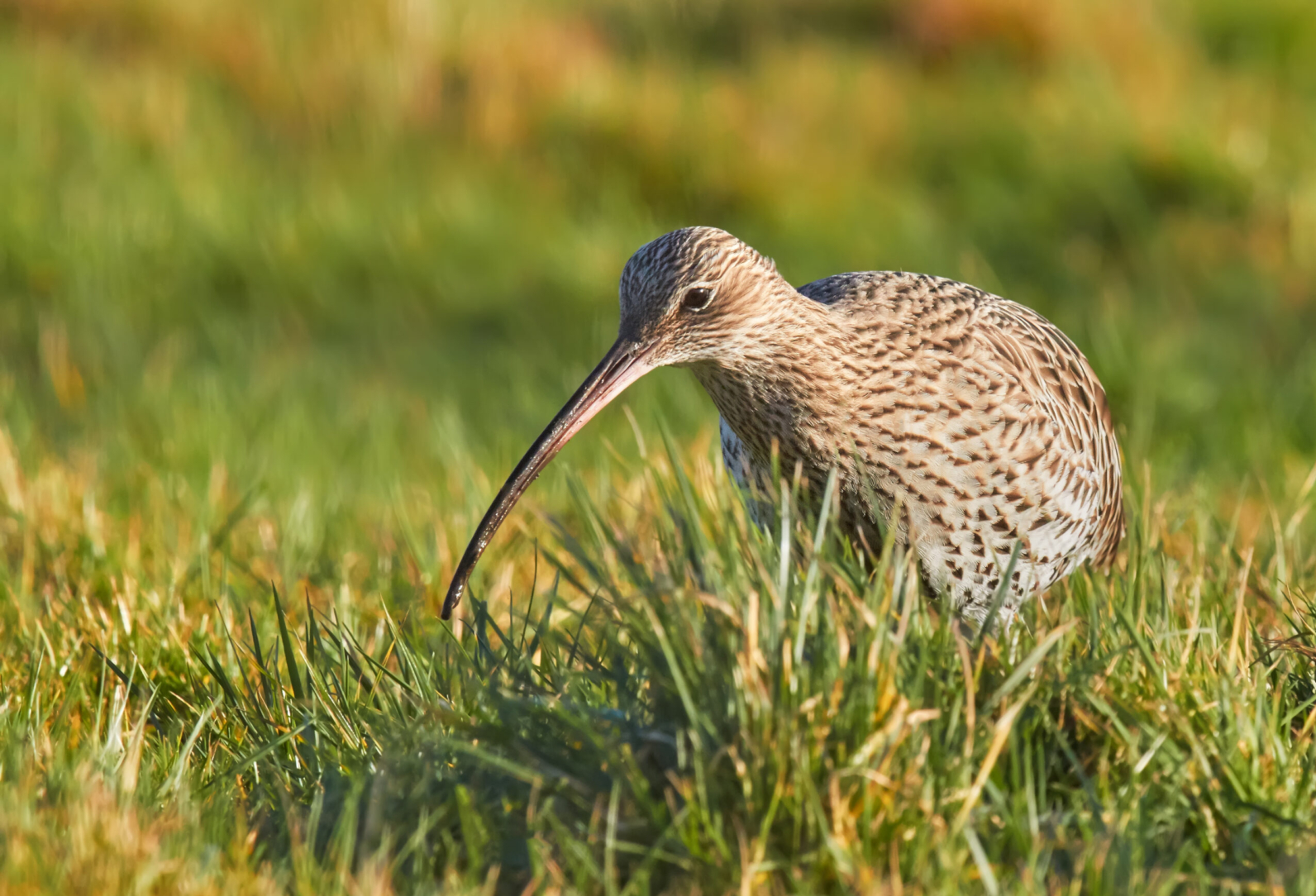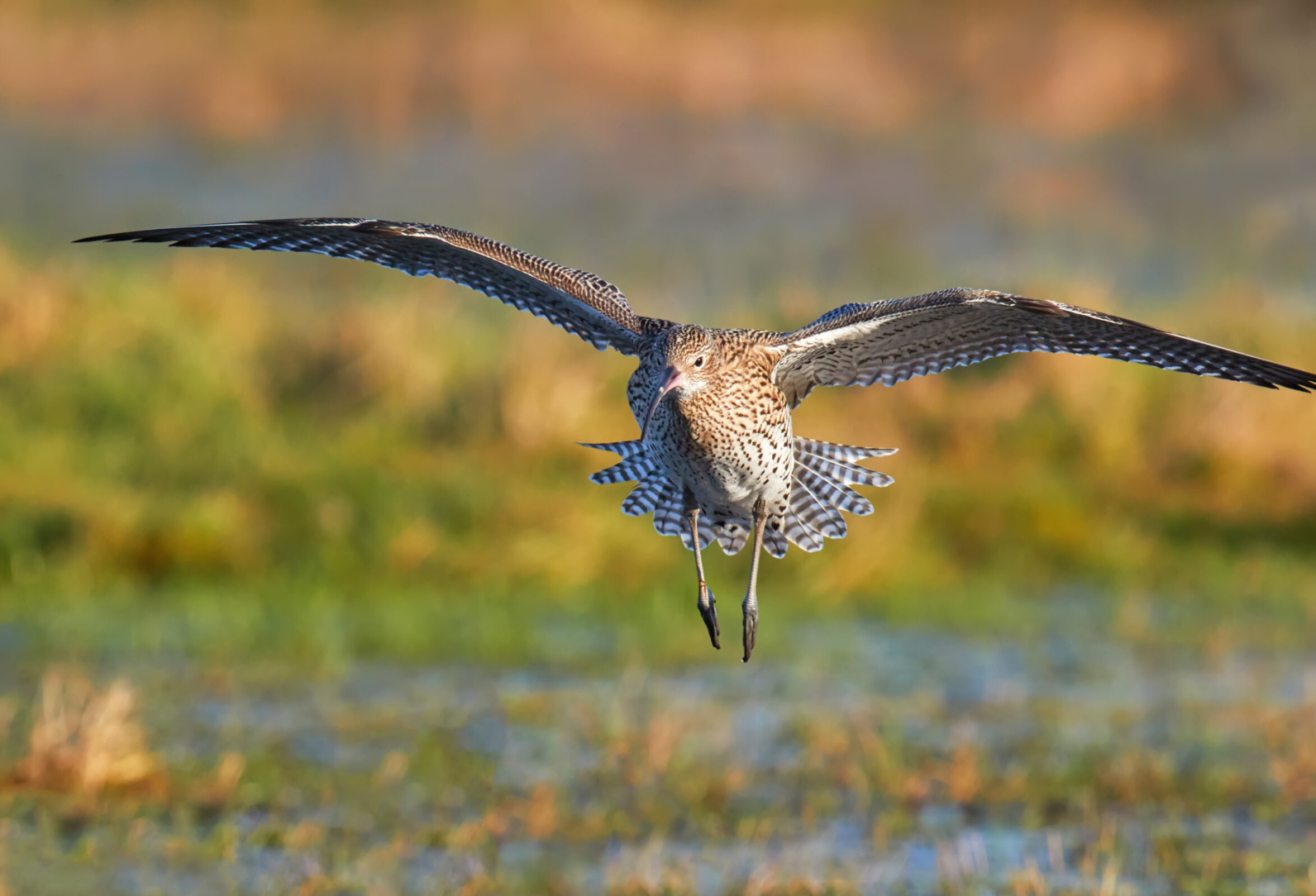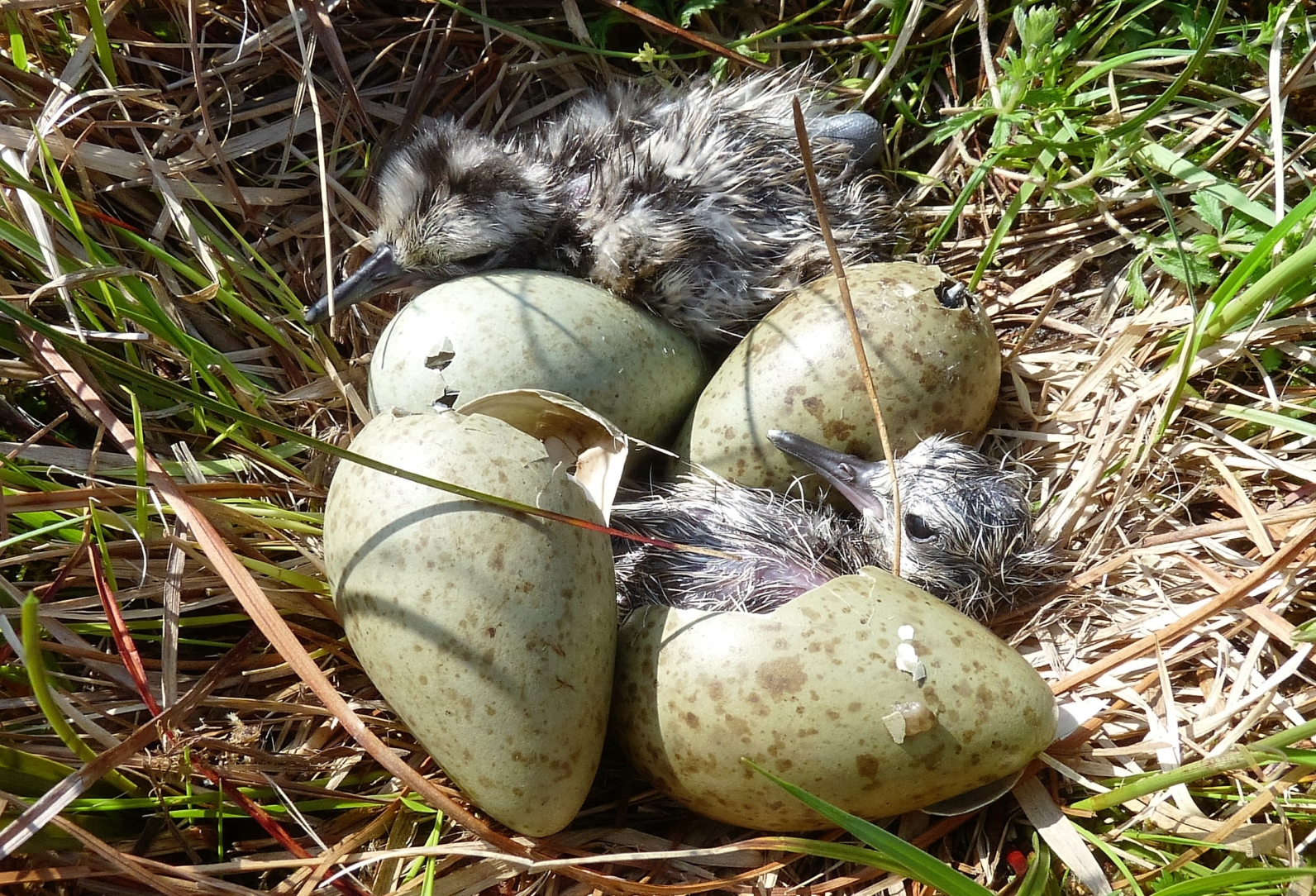Found in open wetlands or upper moorlands such as Morecambe Bay, the Scottish Highlands, or patches of The Pennines, this distinct ancient wader, noted for its long, curved bill, mottled brown plumage, and somewhat haunting call, hangs on against a tide of habitat destruction and ecological devastation.
Along with countless other species, the curlew’s fate is at the mercy of Britain’s environmental policy choices. As a flagship species for these habitats, the curlew serves as a barometer for their health. Its drastic decline signals broader ecological imbalances and threats to climate resilience for the nation.
Wetlands, where curlews often breed and forage, are among the most threatened ecosystems globally and, since the 19th Century, are believed to have decreased by as much as 90%. Drainage for agriculture, urbanisation, and climate change-induced alterations in water levels pose significant challenges to these habitats. Consequently, curlew populations have plummeted by as much as 50% since the 1990s, prompting conservation groups such as Curlew Action to begin working tirelessly to safeguard their dwindling numbers.
Beyond breeding grounds, curlews rely on coastal estuaries and mudflats as crucial wintering sites. These areas provide abundant food resources, such as mud-buried invertebrates, essential for the curlew’s survival during the harsh winter months. Protecting these coastal habitats is essential not only for curlews but also for the myriad of other dependent species.
The curlew’s association with Britain’s history is as rich as the landscapes it inhabits. Throughout the ages, this iconic bird has been a fixture in culture, serving as a symbol of wilderness and freedom.
In Celtic mythology, the curlew was revered as a messenger of the gods, its melancholy cry (“COUR-Li, COUR-Li”) evoking both sorrow and spirituality. Across Britain, its distinctive call has inspired poets and writers, earning it a place in the annals of literature alongside other iconic birds like the skylark and nightingale through works such as W.B Yeats, “He Reproves The Curlew”, or Dylan Thomas, “Author’s Prologue”.
Curlew Action Director Mary Colwell, in her book “Curlew Moon” (2018), recounts her 500-mile walk across the UK and Ireland to raise awareness about the curlew’s struggles. Along the way, she discovers associated stories, poems, and myths, highlighting the deep connection between the natural world and culture.
In regions like the Scottish Highlands and the Welsh countryside, the curlew’s call is synonymous with the soundscape of the moors and marshes. Its arrival heralds the changing seasons, marking the transition from winter dormancy to spring renewal as it comes to breed.
Despite its ecological, historical, and cultural importance, the curlew faces an uncertain future in Britain. Habitat loss, predation, and climate change pose formidable challenges to its survival, necessitating concerted conservation efforts to reverse its decline.
Key initiatives, such as habitat restoration, predator control, and promoting education, are vital for safeguarding curlew populations and their habitats. By restoring wetlands, conserving coastal ecosystems, and raising awareness about the curlew’s plight, we can ensure that this iconic bird continues to grace Britain’s landscapes.

CurlewMary Colwell www.curlewaction.org

Curlew in flightMary Colwell

Curlews hatching on Dartmoor
